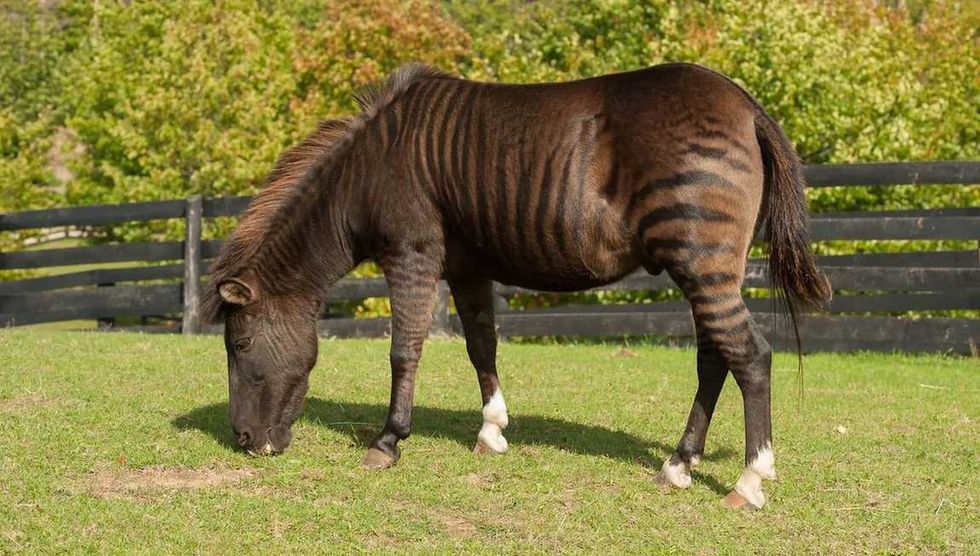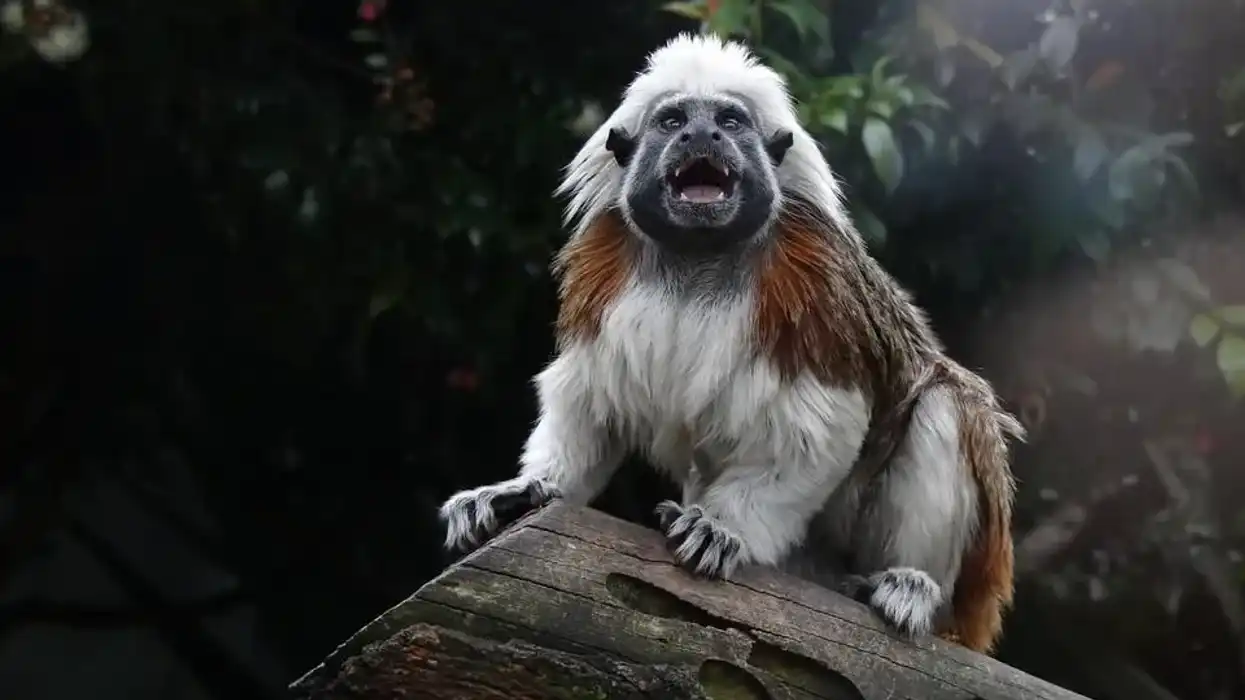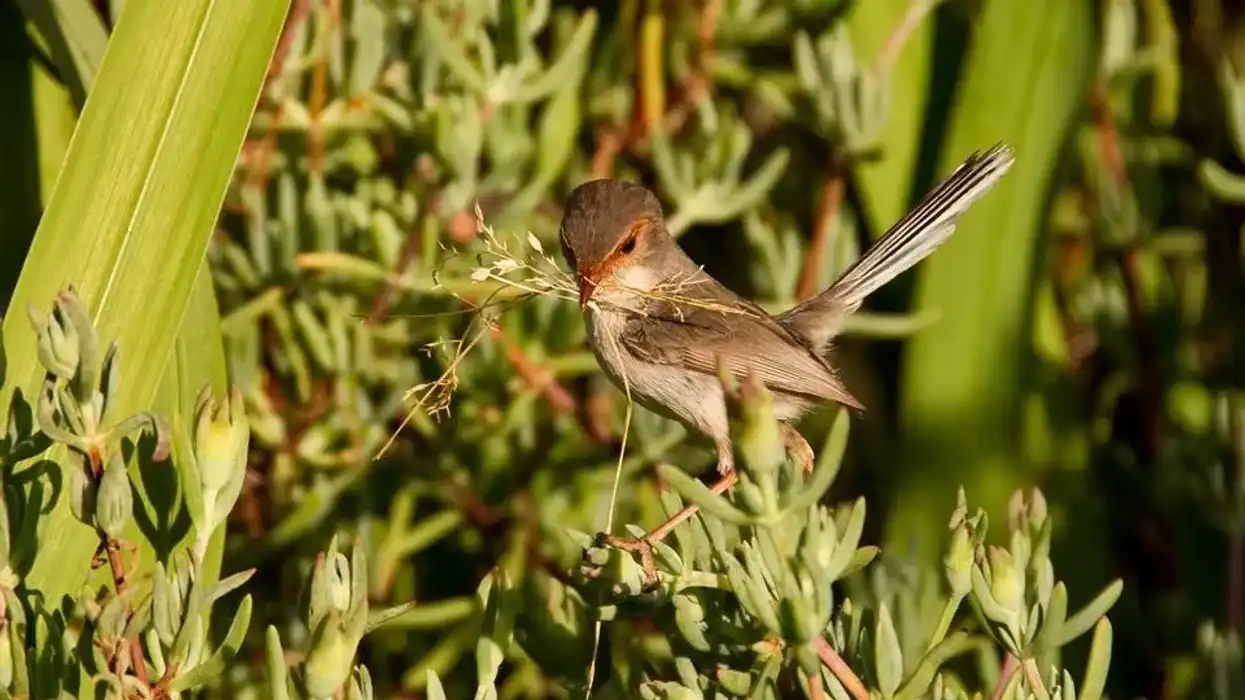The yellow-tailed woolly monkey, Oreonax flavicauda, was first described by Alexander Von Humboldt in 1812. These species are generally native to Peru. They are found in the Peruvian Andes, Amazonas, and San Martín, with the bordering areas of La Libertad, Loreto, and Huánuco. They are habitual of living in tropical, cloud forests and mountains.
These species are known for the yellow stripes on their tail ends. The female is smaller than the female monkey. They have a hairy and furry body with a reddish-brown color.
The males and females have golden tufts on their genitals, while the females have smaller tufts in comparison to their male counterparts. They are frugivorous and mostly feed on fruits, leaves, small insects, and flowers. They are sedentary, polygamous, diurnal, and arboreal by nature.
The number that their population is declining is most worrisome and an alarm call because they have been listed as Critically Endangered by the IUCN. Their forest habitat is being occupied by human settlements. In this regard, many steps have been taken by community-based conservationists to ensure their protected areas are not interfered with by human activities.
If you really enjoy reading about monkeys, then do read about other monkeys such as capuchin monkey facts and squirrel monkey fun facts.
Yellow-Tailed Woolly Monkey Interesting Facts
What type of animal is a yellow-tailed woolly monkey?
The yellow-tailed woolly monkey, Oreonax flavicuada, is an intelligent and curious monkey species that is diurnal and arboreal by nature. They were first categorized in the genus of Lagothrix and Oreonax is considered a subgenus of Lagothrix. They are known as the New World monkeys of Peru.
What class of animal does a yellow-tailed woolly monkey belong to?
The yellow-tailed woolly monkey, Lagothrix flavicauda, belongs to the class of mammals. They are from the genus Oreonax and the family Atelidae. These species have two scientific names – Oreonax flavicauda and Logathrix flavicauda.
How many yellow-tailed woolly monkeys are there in the world?
These are very rare and specific to their native land. The yellow-tailed woolly monkeys have a total population of fewer than 250 individuals. With the latest reports, it has been found that their numbers are declining at a very fast rate due to deforestation, mining, and other factors.
Where does a yellow-tailed woolly monkey live?
These species are native to the Peruvian Andes, Amazonas in the west, and San Martin in the east, with the bordering areas of La Libertad, Loreto, and Huánuco. They have a very limited range with regard to their geographical location in South America.
What is a yellow-tailed woolly monkey's habitat?
These monkey species are well known as neotropical primates among all the primate species. The yellow-tailed woolly monkey adaptations are such that they live in tropical mountains and cloud forests. They are arboreal and diurnal by their nature and are mostly found in the tree canopies as they are sedentary. However, deforestation has divided their natural habitat.
Who do yellow-tailed woolly monkeys live with?
They are very social and are found in large groups of 4-30 consisting of one adult male, infants, and females. They mostly depend upon their surroundings, the availability of the food they need to eat, and suitable habitat.
How long does a yellow-tailed woolly monkey live?
These species can live for 20-30 years if provided with proper environmental conditions such as tropical and cloud forests.
How do they reproduce?
The Peruvian yellow-tailed woolly monkeys are polygynous and mate with more than one partner as there are many females in a group. There are not many detailed resources available regarding their reproduction, but females only give birth to their infants once every three years.
These species' males and females are often seen with infants clinging to them. So, from this, it is evident that both parents take care of their infants until they grow up. The female carries the baby inside of her for 223 days.
The infant takes around four years to grow into a young yellow-tailed woolly monkey. As their reproduction rate is slow, it is also leading to a decline in their population.
What is their conservation status?
These species are Critically Endangered on the list of the IUCN. Human activities such as deforestation and mining are disturbing their primate conservation and many steps are being taken by the people, as well as, the government to preserve the forest and their population.
Yellow-Tailed Woolly Monkey Fun Facts
What do yellow-tailed woolly monkeys look like?
These New World monkey species are furry and hairy from head to toe. They have long, prehensile tails with yellow stripes on them. These primate species have dense, thick, and soft hair with a reddish-brown color in comparison to other primates. The genital area has a golden-like tuft area which is smaller in females.
Males have longer hair in comparison to females. Their upper body seems to be darker than the lower body. They have a white patch of hair around their snout between their chin and eyes.
The yellow color stripe is not very visible on infants' tails. This yellow color is evident only when they are fully grown adults. The tail from its underside is hairless and this prehensile tail is so strong that it helps them hang on branches of trees in upper canopies.

*Please note that this image is of a brown woolly monkey, not a yellow-tailed woolly monkey. If you have an image of a yellow-tailed woolly monkey, please let us know at hello@kidadl.com.
How cute are they?
These primate species might not look cute, but their habit of clinging to the upper canopies of trees indeed makes them cute. Mostly, their infants are more attractive and cheerful, if they are sighted.
How do they communicate?
These Peruvian yellow-tailed woolly monkey species communicate by using their vocals, gestures, facial expressions, and their smell sense. They generally make alarm call and contact calls using their vocals for social interactions, while producing a loud bark when they sense some threat or notice any human around their habitat. Their communication is similar to the tamarin monkeys.
How big is a yellow-tailed woolly monkey?
The Peruvian yellow-tailed woolly monkey species is 20-21 in (51-53.5 cm) long. Generally, males are larger than females.
How fast can a yellow-tailed woolly monkey move?
The yellow-tailed woolly monkey, Oreonax flavicauda, usually clings to the upper canopies of trees that are 66-82 ft (20-25 m) high and can jump from one tree to another very fast. They generally leap from trees at 49 ft (15 m). They are similar to The macaque monkeys.
How much does a yellow-tailed woolly monkey weigh?
These species weigh 12-27 lb (5.5-12 kg). The male weighs 18–27 lb (8–12 kg) and the female weighs 12–18 lb (5.5–8 kg). The proboscis monkey is much heavier in comparison to them.
What are the male and female names of the species?
These Peruvian Andes monkeys do not have any specific male and female names.
What would you call a baby yellow-tailed woolly monkey?
The baby yellow-tailed wooly monkey is called an infant.
What do they eat?
The yellow-tailed woolly monkey diet consists of fruits, small insects, flowers and leaves. They are frugivores and herbivores, unlike howler monkeys as the howler monkeys are omnivores.
Are they dangerous?
They are not dangerous, but when they are aggressive, they make loud noises like barking and shaking branches if they encounter any danger around them.
Would they make a good pet?
The idea of keeping them as pets would not be a good idea as they are Critically Endangered and their existing number is less than 250.
Did you know...
Geophagy, a rare biological behavior, has been observed in this species. They look up some minerals in order to reduce stomach parasites as they are iron deficient. This habit makes them more nutritious and iron deficiency will be covered up as these cannot be obtained from their food diet.
They are very good at socializing as they share their food with the group, which strengthens their relationships.
Why is the yellow-tailed woolly monkey Endangered?
The yellow-tailed woolly monkey is Endangered because of human activities such as deforestation, mining, and slash and burn agriculture in their primitive areas. They are also hunted for bushmeat and their primate conservation is very much needed at this time.
Different types of woolly monkey
The woolly monkeys include the Logothrix genus with two species and five subspecies, as well as, the newly known Oreonax genus with one species. Some of them are the brown woolly monkey (Lagothrix lagotricha), the gray woolly monkey (Logothrix lagotricha cana), the Peruvian yellow-tailed woolly monkey (Lagothrix flavicauda), and the silvery woolly monkey (Lagothrix lagotricha poeppigii).
Here at Kidadl, we have carefully created lots of interesting family-friendly animal facts for everyone to discover! Learn more facts about other mammals from our patas monkey fun facts and woolly monkey facts for kids.
You can even occupy yourself at home by coloring in one of our free printable yellow tailed woolly monkey coloring pages.










